How to Train ChatGPT on Your Own Data: A Comprehensive Guide
Although ChatGPT is a powerful tool, it doesn’t inherently understand your specific data unless you train it. Many people today are looking to customize ChatGPT with private data to make it more valuable. Customizing ChatGPT with documents can significantly enhance its accuracy and response quality. This is beneficial whether you’re running a business or working in education. While the idea of training might seem daunting, even beginners can accomplish it without needing coding skills.
All you need are the right tools, organized data, and basic instructions. This guide will gently lead you through the entire process in simple steps. Everything is covered, from understanding the basics to maintaining your model effectively. You’ll learn to maximize ChatGPT for business, personal, or creative team tasks. Let’s start creating your intelligent assistant today.

Step 1: Collect and Organize Your Data
Begin by sorting the files you want ChatGPT to learn from. These can be plain
text, Word documents, or PDFs. Choose materials with clear, useful language,
such as customer inquiries, email templates, training instructions, and blog
entries. Eliminate overly complex or outdated information. Keep the layout
straightforward; bullet points, headings, and concise responses work best.
Convert every file into either .txt or .json for consistent training.
Whenever possible, categorize your data. Label items as “FAQ,” “Policies,” or “Tutorials.” The process becomes easier as your files become more organized. Avoid lengthy, cluttered paragraphs; aim for organization and clarity. Ensure the information provided by ChatGPT is easily readable and valuable. Avoid including sensitive or personal data; anonymize names and confidential information when necessary. Good data yields smart outcomes, making customizing ChatGPT with documents one of the most crucial steps.
Step 2: Choose a Platform or Framework
Various tools allow you to train ChatGPT using private data. OpenAI’s API is a popular option that supports quick engineering and embeddings. If you’re looking for a no-code solution, consider LangChain, Zapier AI, or Chatbase. These tools enable you to upload data and connect it to GPT responses. Some even allow the inclusion of Google Docs or website content. Choose a platform based on your expertise level.
Developers might prefer open-source technologies like Haystack or LlamaIndex. Beginners can start on hosted platforms that guide you step-by-step. Ensure the platform offers data privacy features to keep your material secure. Check documentation before uploading files, and consider free trials before committing financially. Start small with a few documents to see how it goes. The rest of the training process flows more naturally on the right platform. Many beginners use these resources to customize ChatGPT for customer service or business tasks.
Step 3: Feed Data Using Embedding or Prompts
Now, you need to link your data to the model. The most common method is using embeddings, which organizes your work in a way the model can understand. Many systems handle embeddings automatically, creating a searchable database from your uploads. Include a prompt like, “Answer based on the following document.” The model generates a response by pulling the most relevant data.
Alternatively, use prompt templates that don’t involve embeddings. Provide clear examples for responses to inquiries, keeping requests short and direct. Some platforms allow you to edit responses or ask follow-up questions. Start with five or ten entries to test what works and what doesn’t. Adjust phrasing or formatting as necessary. Properly feeding data accelerates the model’s learning process, allowing you to personalize ChatGPT with materials reflecting your knowledge base, style, and tone.
Step 4: Test the Model and Refine
Regularly test your model after feeding it data. Pose typical inquiries that your customers might have and analyze ChatGPT’s responses. Does the response sound reasonable? Is the tone appropriate? If not, review your source material for clarity or context. Add more examples or interpretations if needed. Adjust documents or prompts to enhance output. Continue testing with different questions, involving friends or team members for broader insights.
More testers help identify weaknesses. Monitor trends using logs or feedback. For instance, if responses are too brief, try incorporating longer source material. If answers seem robotic, add more natural examples. Testing isn’t a one-time step but a continuous process. Each round refines the model, making your AI smarter and more valuable over time. Many successful users fine-tune ChatGPT for business after weeks of honing and adjustment.
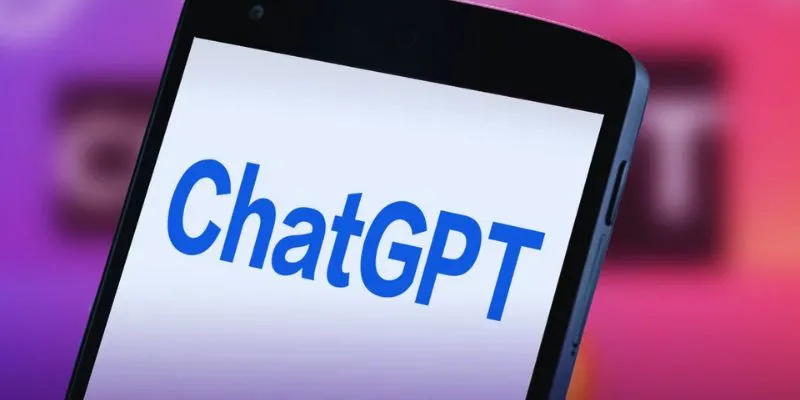
Step 5: Maintain and Update Your Data
Your model will need updates over time, as data changes, new challenges arise, and old data becomes obsolete. Schedule regular reviews and updates, either monthly or quarterly, to maintain consistency. As your business grows or products evolve, create new categories and remove outdated elements to prevent confusion in the model. Test after each update to identify errors and unusual responses, fixing them early by updating source files.
New tools or features might improve your workflow. Keeping your model current enhances reliability. Outdated data leads to poor responses and dissatisfied users. View training as an ongoing task. Fresh, clean input keeps AI at its best. Many individuals maintain their custom models weekly, continually training ChatGPT using private data.
Conclusion
Training ChatGPT on your data is straightforward when following the correct procedures. Organize your files, choose a suitable platform, and feed structured prompts. Regularly review test responses and refine your approach. Keeping your data current is crucial for maintaining accuracy and usefulness. Even without programming skills, beginners can customize ChatGPT for personal or professional use with consistency and patience. Soon, you’ll have a smart assistant tailored to your specific needs, able to personalize ChatGPT with documents that capture your voice, goals, and style.
Related Articles
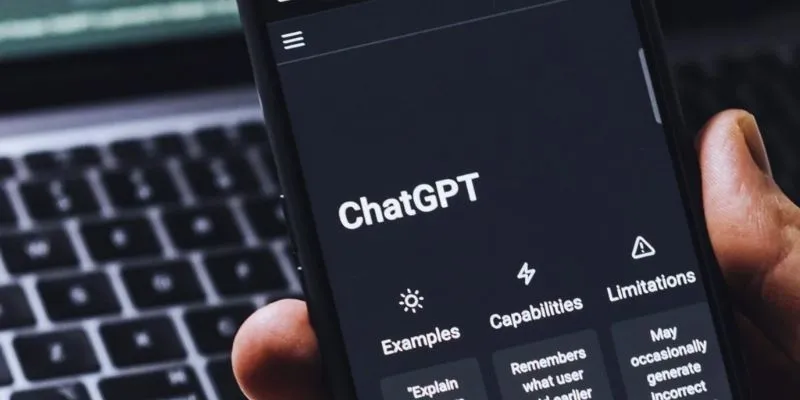
The 8 Best ChatGPT Alternatives for Businesses and Content Creators

Simplify Appointment Scheduling with DaySchedule: The Ultimate Time-Saving Tool

How to Use Variables in Google Docs for Smarter Document Automation: A Guide
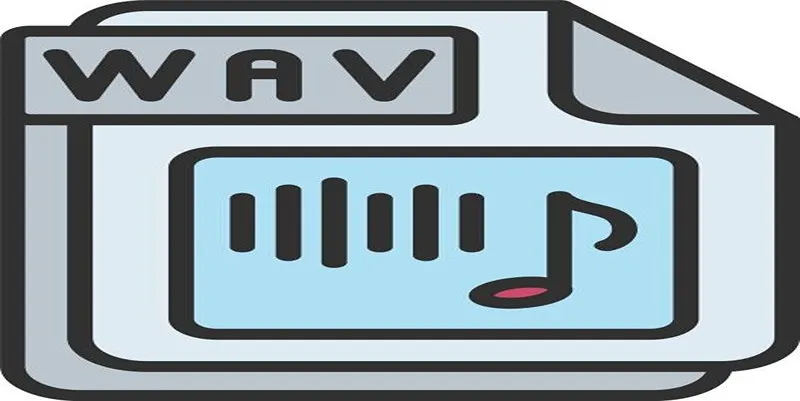
How to Convert MPEG to WAV: A Step-By-Step Guide

Which Are The 5 Best Pomodoro Timer Apps to Boost Your Productivity in 2025

How to Easily Convert AVI to MOV Using 4 Reliable Tools
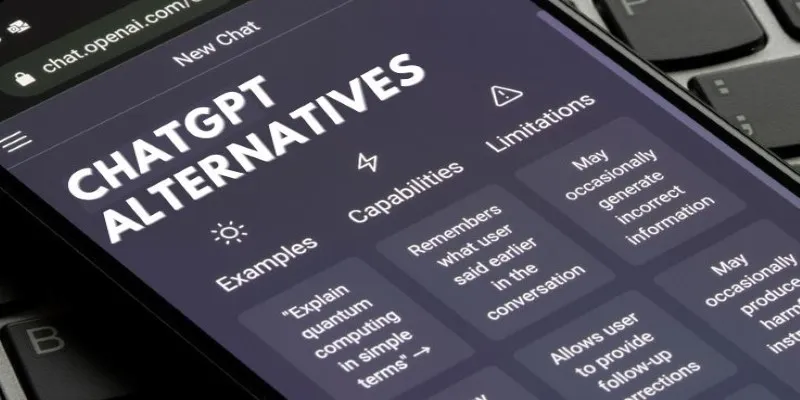
Free AI Chatbots Compared: 5 Alternatives to ChatGPT
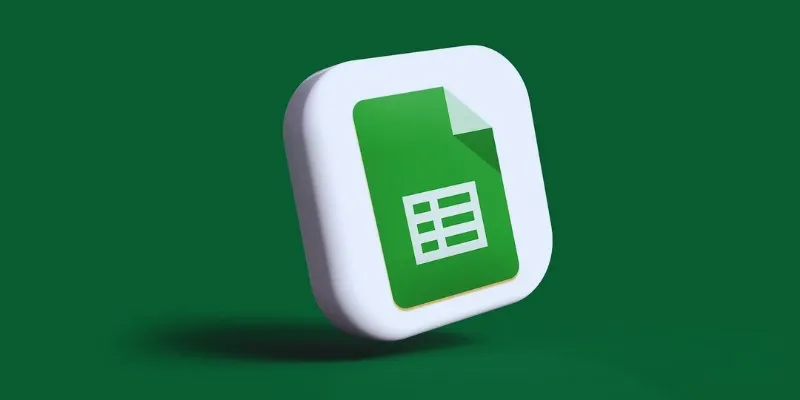
How to Integrate Google Sheets with Mailchimp: A Step-by-Step Guide
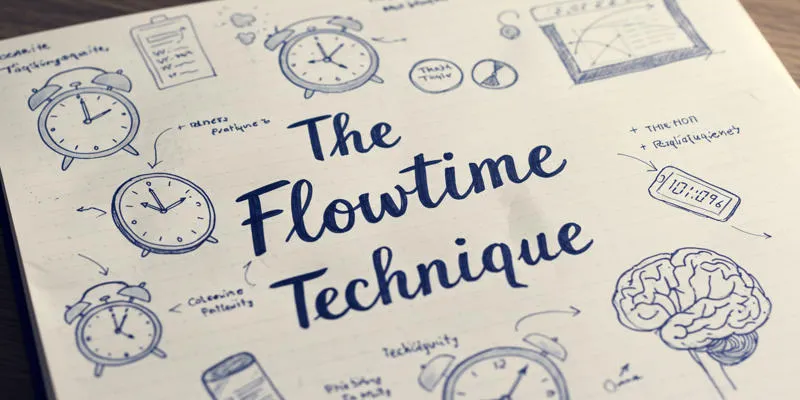
The Flowtime Technique: A Complete Guide
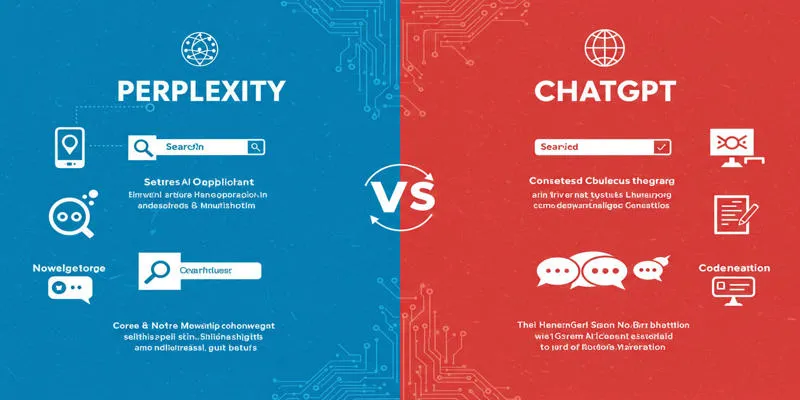
Perplexity vs. ChatGPT
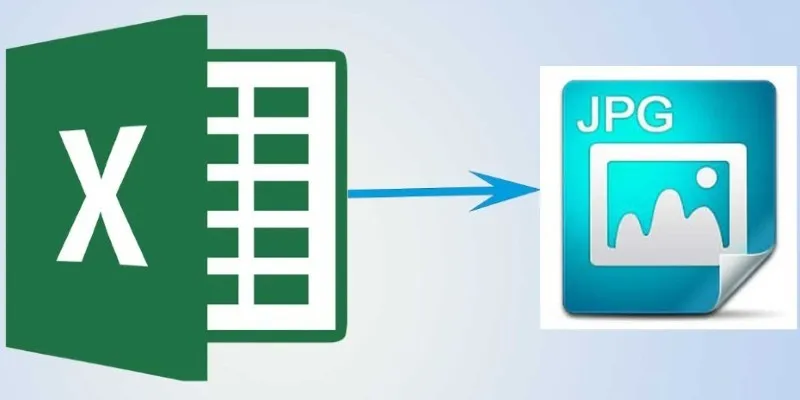
From Excel to JPG: Best Tools for Converting Charts into Images
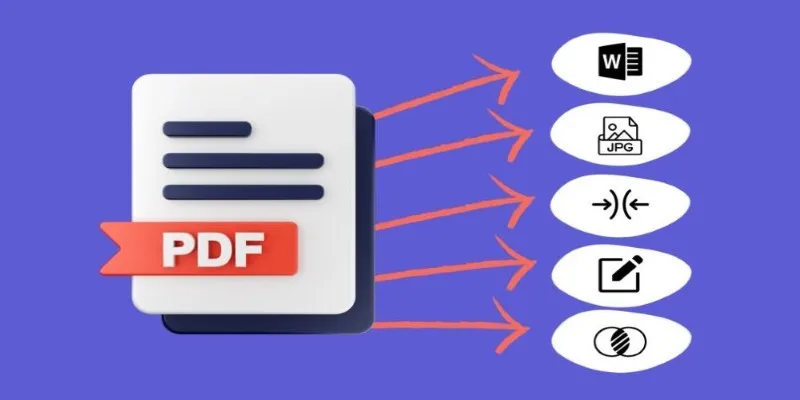
Best Free PDF to Image Tools for Quick and Easy Conversion
Popular Articles

Top 3 Simple Ways to Convert WMA to MP4 Easily

Obsidian 1.8.9 Desktop Update Brings Performance and UI Fixes
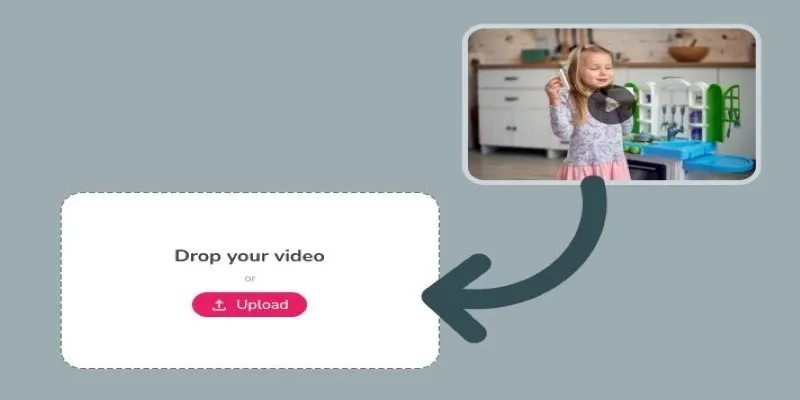
Best Tools to Convert Video Formats: Top 5 Transcoders You Need
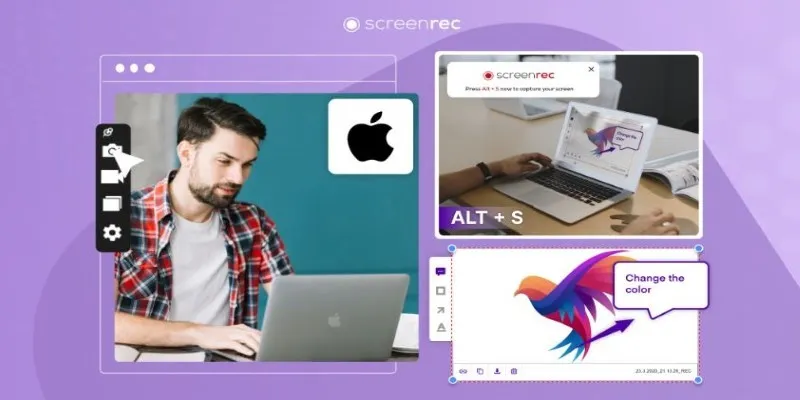
Lag-Free Screen Recording on Mac: 5 Tools You Need

The Best Dictation Software: Transforming How You Work and Communicate

5 Best Xbox Converter Apps and Devices for Mac

How to Set Up an Automatic Out-of-Office Notification Bot: A Step-by-Step Guide

5 Best Application Development Tools for Streamlining Your Workflow

Zendesk vs. Intercom: A Clear Comparison for 2025

LightCut 2025 Review: The Best Video Editor for Android and iPhone
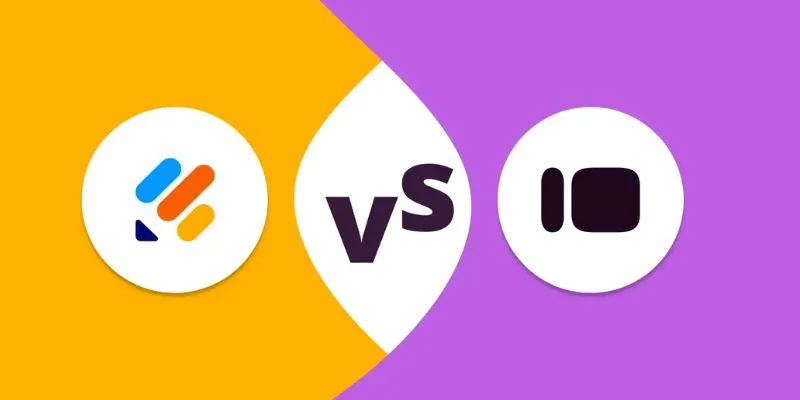
Jotform vs. Typeform: A Head-to-Head Comparison of the Best Form Builders

 mww2
mww2